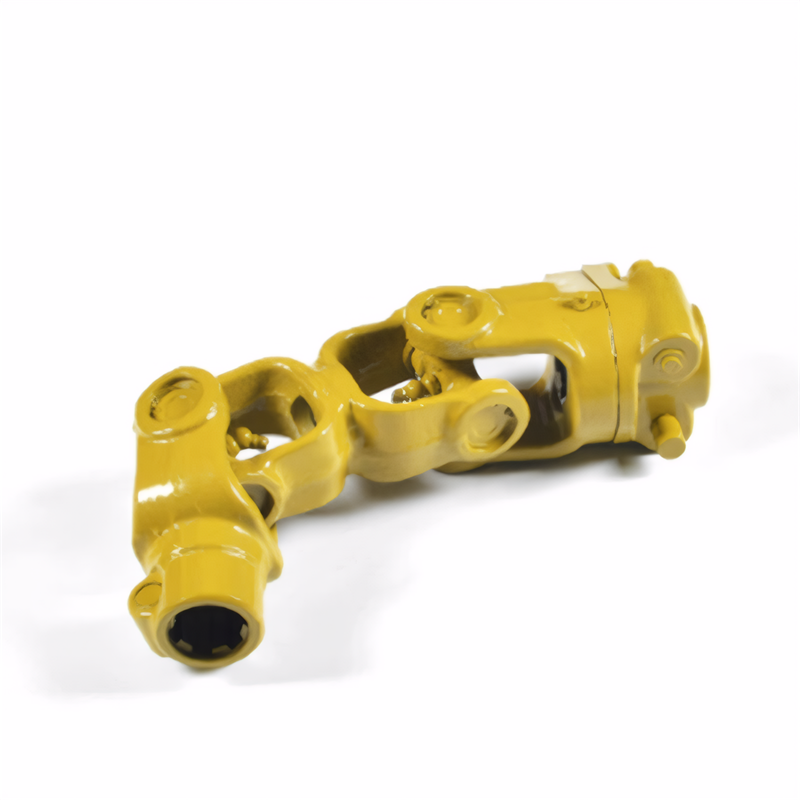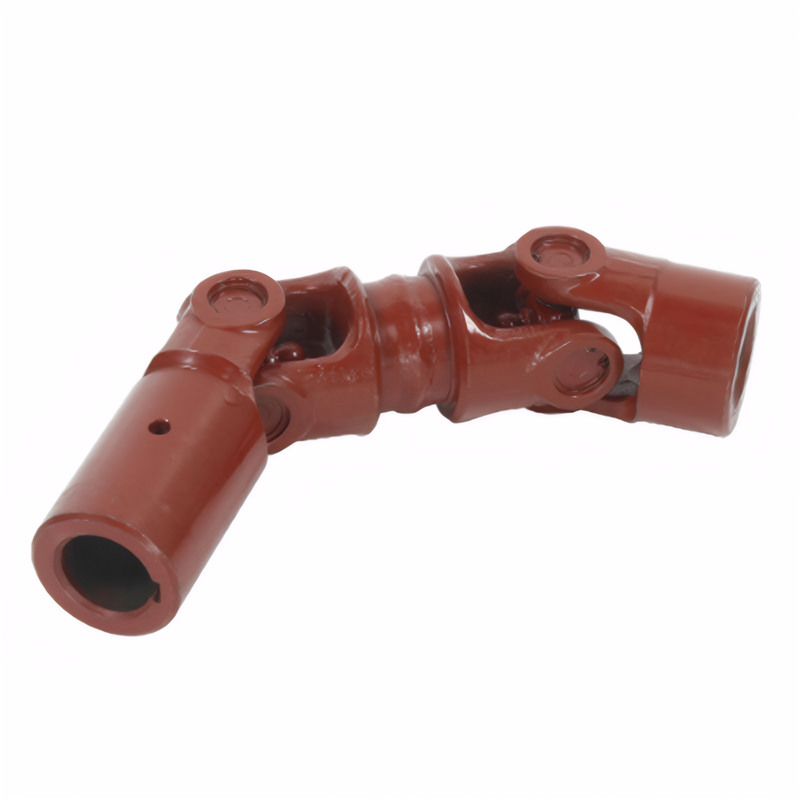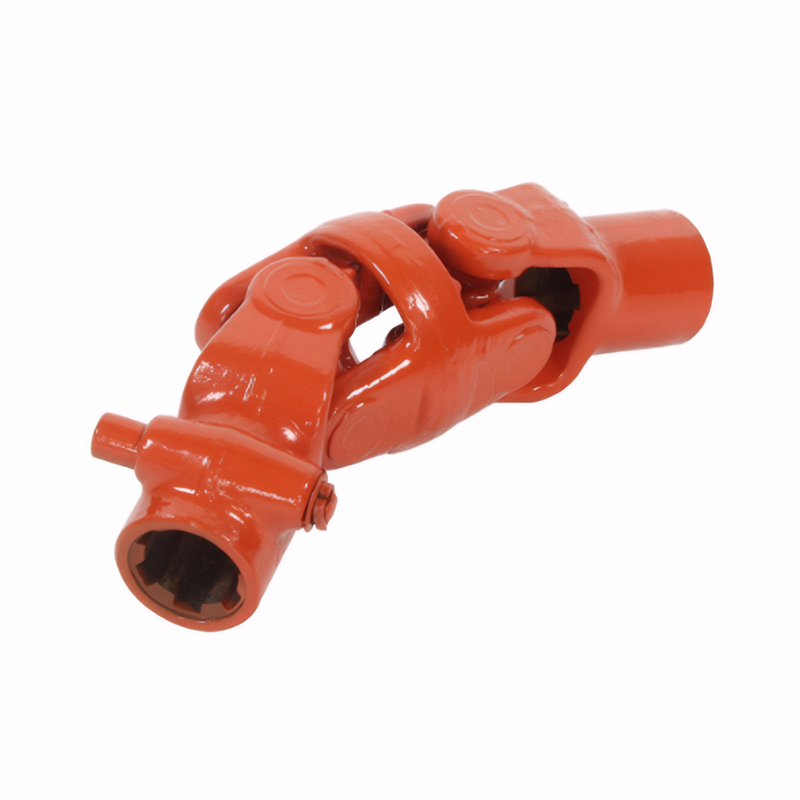Replacement techniques for dust covers of drive shafts and key points of CNC processing services for plastic products
Transmission Shaft Boot Replacement Techniques
Pre - Replacement Inspection and Preparation
Before starting the process of replacing a transmission shaft boot, a thorough inspection is crucial. Check the condition of the existing boot for any signs of cracks, tears, or excessive wear. These issues can lead to the ingress of dirt, water, and debris into the transmission shaft components, causing premature wear and potential failure. Also, inspect the surrounding area, including the transmission shaft itself, for any signs of damage or corrosion. If there is significant damage to the shaft, it may need to be repaired or replaced before installing the new boot.
Gather all the necessary tools and materials for the replacement. You will typically need a set of wrenches to remove any retaining bolts or clamps, a pry bar or screwdriver for gently prying off the old boot, and a new boot that is the correct size and type for your vehicle's transmission shaft. Additionally, have some lubricant on hand to ease the installation of the new boot and ensure a proper seal.
Safety should always be a priority. Park the vehicle on a level surface and engage the parking brake. If working on an automatic transmission vehicle, place it in "Park," and for a manual transmission, put it in a low gear. Wear appropriate personal protective equipment such as gloves and safety glasses to protect your hands and eyes during the replacement process.
Removal of the Old Transmission Shaft Boot
The first step in removing the old boot is to locate and remove any retaining clamps or bolts. These are usually located at the ends of the boot, where it attaches to the transmission shaft and the adjacent component, such as the differential or the wheel hub. Use the appropriate wrench to loosen and remove these clamps or bolts carefully. Be sure to keep track of all the removed parts so that they can be reused if they are still in good condition.
Once the retaining elements are removed, use a pry bar or a flat - head screwdriver to gently pry the old boot away from the transmission shaft. Start at one end and work your way around the circumference of the boot, being careful not to damage the shaft or the surrounding components. If the boot is stuck due to dirt or old lubricant, you can use a small amount of penetrating oil to help loosen it. However, be cautious not to get the oil on any parts that should remain clean, such as the seals or the interior of the transmission.
After the boot is completely removed, clean the area around the transmission shaft thoroughly. Use a clean cloth or a brush to remove any dirt, debris, or old lubricant. This will ensure a clean surface for the installation of the new boot and prevent any contaminants from getting trapped inside, which could cause damage over time.
Installation of the New Transmission Shaft Boot
Before installing the new boot, apply a thin layer of lubricant to the inside of the boot and the area of the transmission shaft where it will be attached. This will help the boot slide on more easily and create a better seal. Make sure to use a lubricant that is compatible with the materials of the boot and the transmission components.
Start by sliding one end of the new boot onto the transmission shaft. Ensure that it is properly aligned and seated all the way around the shaft. Then, carefully work the other end of the boot onto the adjacent component, such as the differential or the wheel hub. Use your hands to gently push and manipulate the boot into place, making sure there are no twists or folds in the material.
Once the boot is in position, reinstall the retaining clamps or bolts. Tighten them to the manufacturer's specified torque using a torque wrench. This is important to ensure that the boot is securely attached and will not come loose during operation, which could lead to leaks and damage to the transmission components.
Key Points for CNC Machining Services of Plastic Products
Material - Specific Tool Selection
The choice of cutting tools in CNC machining of plastic products is highly dependent on the type of plastic being processed. Different plastics have distinct physical and chemical properties that affect how they respond to cutting. For soft plastics like polyethylene, high - speed steel (HSS) end mills with a sharp cutting edge are often a good choice. These tools can cut through the soft material efficiently without generating excessive heat, which could cause the plastic to melt or deform.
On the other hand, harder plastics such as acrylic or polycarbonate require more robust tools. Carbide - tipped end mills are better suited for these materials due to their high hardness and wear resistance. They can withstand the higher cutting forces associated with harder plastics and maintain a sharp cutting edge for longer periods, resulting in better surface finish and dimensional accuracy. Additionally, the geometry of the cutting tool, including the number of flutes, helix angle, and rake angle, should be optimized for the specific plastic to achieve the best cutting performance.
Precision in Cutting Parameter Settings
Cutting parameters play a crucial role in determining the quality of the machined plastic parts. The cutting speed, feed rate, and depth of cut need to be carefully adjusted based on the type of plastic and the desired outcome. For most plastics, a relatively high cutting speed can be used to reduce the friction heat generated during cutting, minimizing the risk of melting. However, the speed should be limited to prevent overheating the tool or the plastic material, which could lead to tool wear and poor surface finish.
The feed rate, which is the rate at which the tool moves along the workpiece, affects both the cutting efficiency and the surface quality. A higher feed rate can increase the production rate but may result in a rougher surface finish, especially for plastics that are prone to chipping or tearing. Conversely, a lower feed rate can produce a smoother surface but may increase the machining time. The depth of cut should also be considered, as a deeper cut can remove more material in one pass but may generate more heat and put more stress on the tool and the workpiece. It is often necessary to conduct trial runs and adjust the cutting parameters based on the results to achieve the optimal balance between productivity and quality.
Effective Quality Control and Surface Treatment
Quality control is an essential part of CNC machining services for plastic products. After machining, the parts should be inspected for dimensional accuracy using precision measuring instruments such as calipers, micrometers, and coordinate measuring machines (CMMs). Any deviations from the specified dimensions should be identified and corrected if possible. This ensures that the machined parts meet the design requirements and function properly in their intended applications.
Surface treatment is another important aspect, especially for plastic products that are used in visible or high - performance applications. Post - machining processes such as polishing, sanding, or coating can be employed to improve the surface finish and enhance the appearance of the parts. Polishing can remove any remaining tool marks or scratches on the surface, resulting in a smooth and glossy finish. Sanding can be used to level out any uneven areas and improve the overall surface quality. Coating can provide additional protection against scratches, chemicals, and UV radiation, extending the lifespan of the plastic products.
 Accuracy requirements for the
Accuracy requirements for the
 Selection of universal joint t
Selection of universal joint t
 Standard for coaxiality error
Standard for coaxiality error
 Requirements for the surface r
Requirements for the surface r
 简体中文
简体中文 English
English
